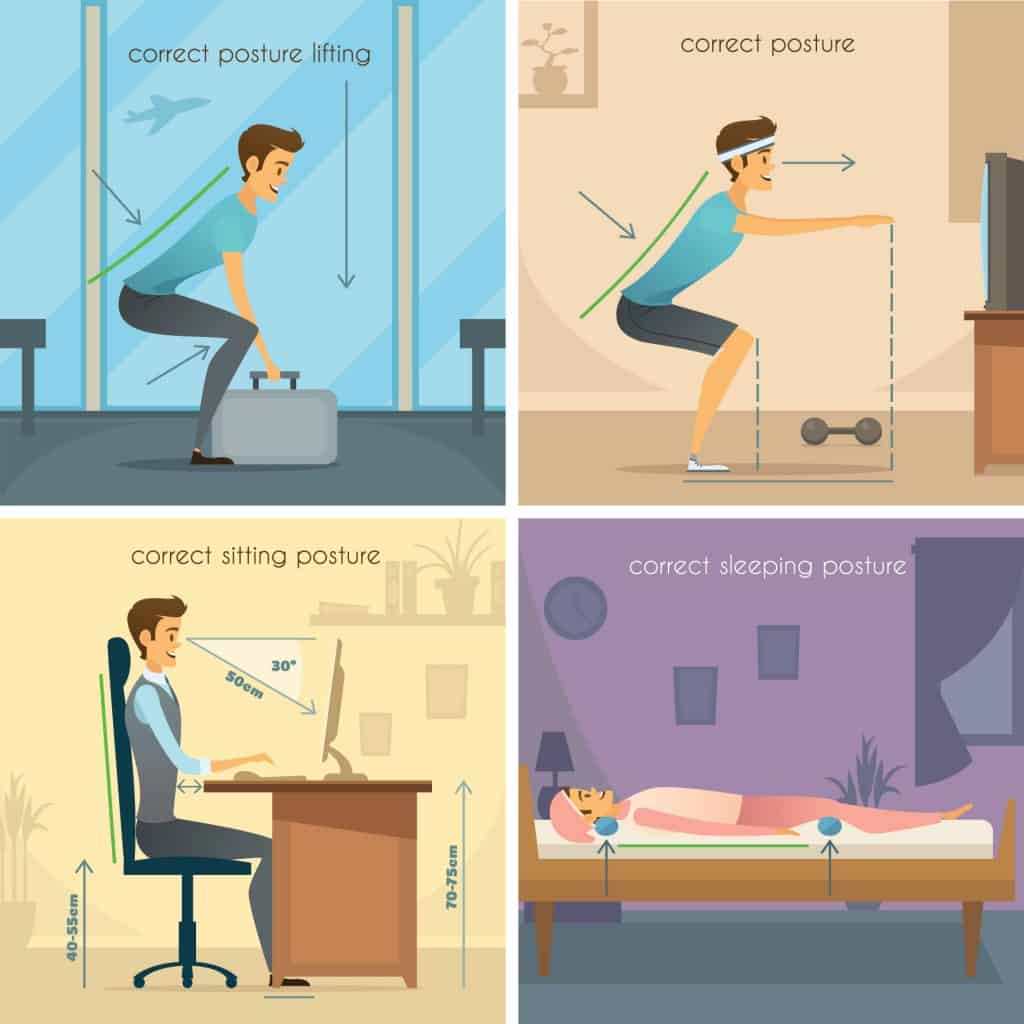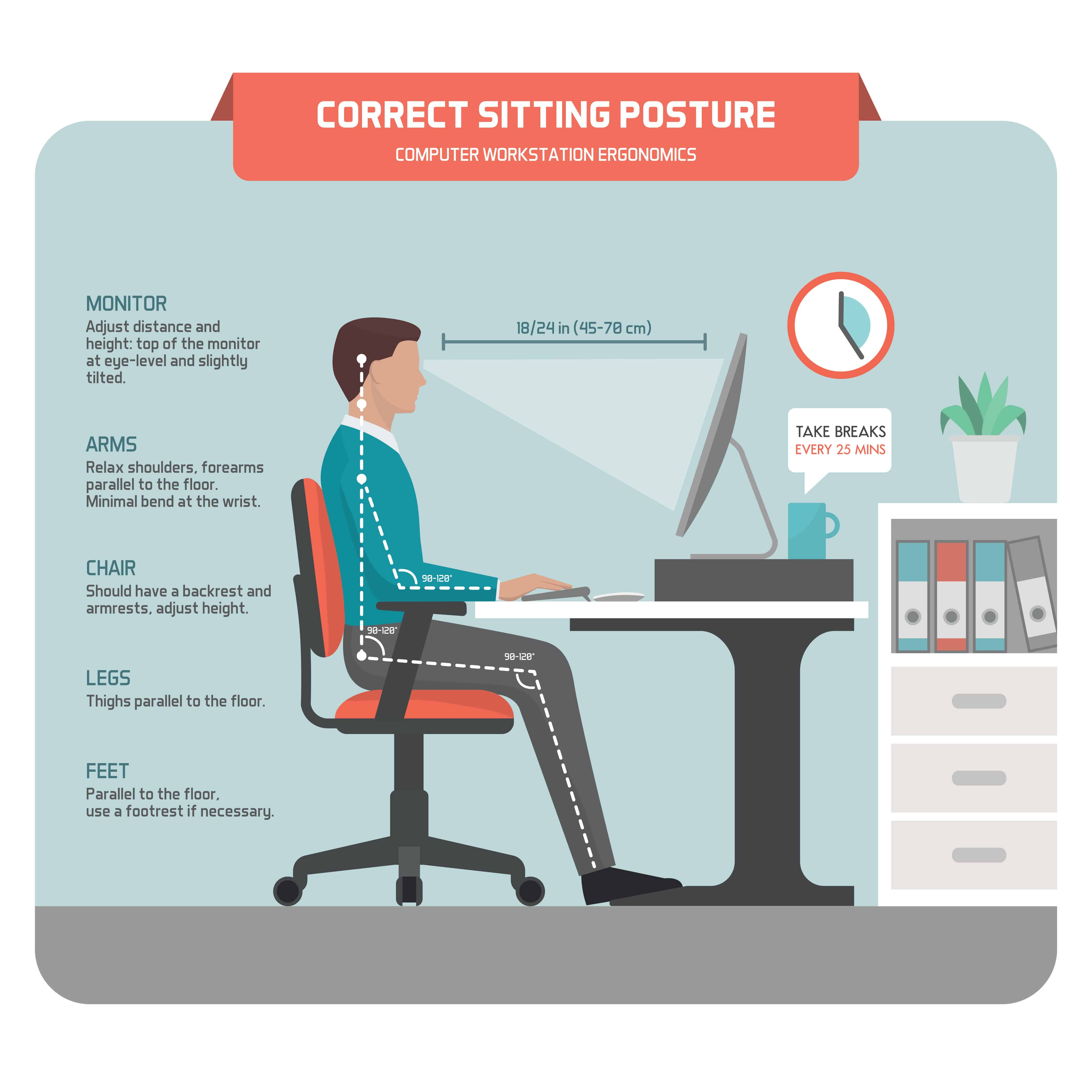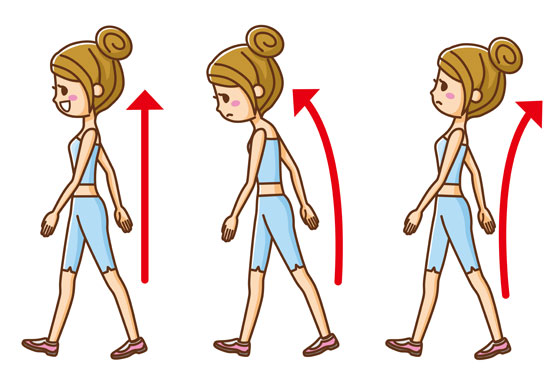By definition, good posture means the proper positioning of the body while standing, sitting and lying down as well as walking wherein the least strain or stress is placed on its supporting muscles, ligaments, and joints. This involves training the body, too, as humans are inclined to stoop or slouch, especially when performing weight-bearing activities and during movement.
While having good posture has its aesthetic benefits, such as appearing taller, more regal, and more confident, the most important benefit lies in its contribution to overall feelings of wellness. Here are the things that everybody should know about the relationship between the two.
The Anatomy of the Spine
Let’s first take a look at the anatomy of the spine as it has both a significant role in attaining good posture and benefits the most from it. The normal spine has a natural S-shaped curve when viewed from the side, said curve of which has three parts: cervical, thoracic, and lumbar.
The cervical and lumbar parts have a slight inward curve (i.e., lordotic or concave) while the thoracic part has a gentle outward curve (i.e., kyphotic or convex). These curves are maintained by the extensors and flexors, two muscle groups that enable an individual to perform a wide range of movements.
The extensors are located in the back and allow an individual to stand up upright, lift objects and stabilize the spine during movements. The flexors are located in the front (e.g., abdominal muscles) and enable bending, flexing, and lifting movements, partly by controlling the spine’s arch in the lower back.
Furthermore, the spinal curve acts like a coiled spring in maintaining balance, absorbing shock, and facilitating the full range of motion throughout the entire spine. For this reason, any injury or illness to the spine will have a significant impact on the ability to perform daily life activities and quality of life.
The Requirements for Good Posture
Standing, sitting and lying down all require the following aspects to achieve good posture:
- Satisfactory flexibility in the muscles including strength in the postural muscles
- Normal range of motion in the joints
- Balance between the muscles around the spine (i.e., extensors and flexors)
- Awareness of good posture including the willingness to correct poor posture whenever it happens
Indeed, even when you have the first three requirements but you’re unwilling to consciously correct poor posture, you will still suffer from its effects. You will also find that proper posture contributes to the development of the first three requirements, thus, completing the circle.
The Benefits of Good Posture
When you have good posture, you will enjoy the following specific health benefits that contribute to your feelings of wellness:
- Your bones and joints are in their proper alignment, thus, promoting the proper use of your muscles.
- Your body will use less energy in performing daily life activities since your muscles are being used more efficiently, too.
- Your joint surfaces benefit from abnormal wear and tear that contributes to reduced risk of arthritis.
- Your spine will be less likely to be stuck, so to speak, in abnormal positions that can increase the risks of injury and illness.
- You can prevent or reduce pains and aches in your back, which are often the result of overuse and strain issues.
Plus, there’s also the fact that good posture is a must for good appearance!












